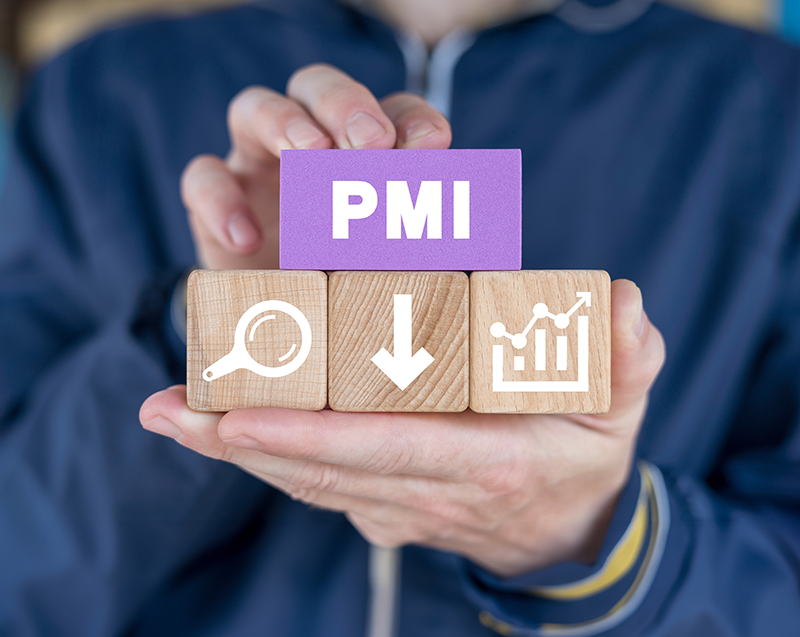Square Footage: Why Size Isn’t Everything in Real Estate


o make it easy to compare homes, the real estate industry supplies lots of data for each listing, including number of stories, type of home (condo, single-family, etc.), building materials (brick or siding), size of lot, number of bedrooms and baths, and so on. Nearly all homes listed for sale provide square footage to indicate overall size, but there are several reasons why square footage can be misleading, causing you to either overpay for a larger home or pass up a smaller home that’s actually more comfortable and livable.
First, there’s no single universal means of measuring square footage. Differing state rules and customs make calculating square footage somewhat subjective. Insurers, tax authorities, lenders, and real estate professionals typically use square footage numbers as determined by licensed property appraisers, but this data can conflict with tax roll figures if improvements to the home were made without permits.
Some states exclude attics, basements, garages and detached structures, while others allow them to be included if they’ve been finished out as living space. In high-rise buildings, square footage often includes balconies, even though they’re open air and not enclosed.
As a homebuyer, use square footage as a guide, but pay more attention to the home’s living spaces. Does foot traffic flow easily from room to room? Does the floorplan make sense? Are the rooms the right proportions for their purposes? Do you have the right spaces for your family’s needs? These questions will help you prioritize factors like flow, layout, and functionality over square footage alone.





















